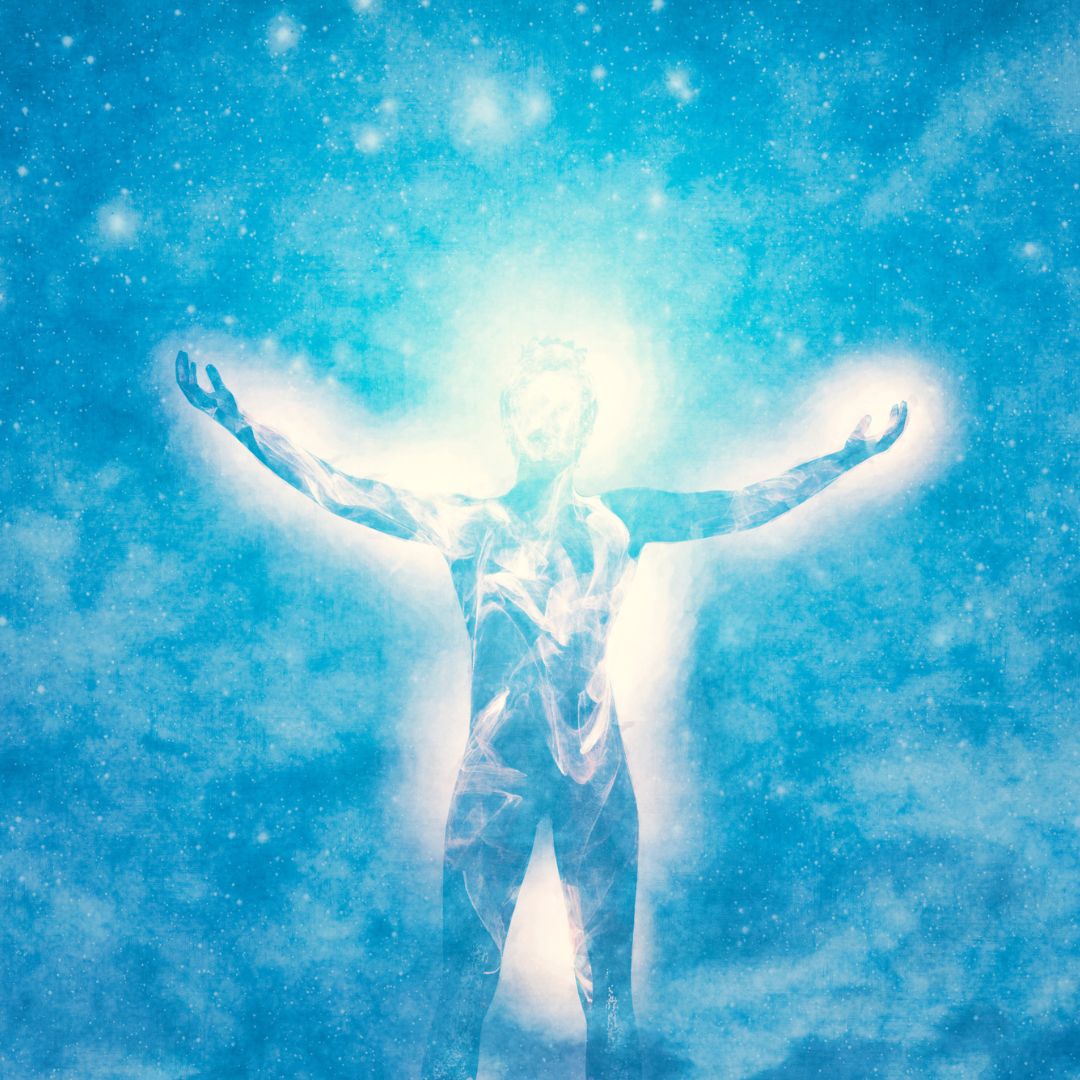In the intricate dance between the material and spiritual realms, our consciousness plays a pivotal role, and much like a scientist exploring the mysteries of existence, this article will dive into the realms of interaction, awareness, and the bonds that tie them together.
The teachings of the Bhagavad Gita shed light on the fascinating interplay between our consciousness and the ever-changing material world, offering insights into our role as observers and navigators of this cosmic dance.
Spontaneous Combustion of Awareness
Imagine a theory where our consciousness arises through the spontaneous combustion of various material elements (i.e. the big bang). This theory suggests our consciousness is a result of the interactions between these elements. In this theory, there exists no separate observer, no witness to the experience, which is an integral part of our existence.
Frustration arises when we fail to see that we’re not merely physical bodies, but the eternal spirit soul that animates the body. Feelings of disconnection to the world around us stems from the incongruence of being an eternal being in an impermanent world.
How are material and spiritual energies entwined?
Krishna, in the Bhagavad Gita, beautifully articulates the coexistence of two distinct energies in the world: a material energy and a permanent spiritual energy.
This spiritual energy is linked to its spiritual source like particles of light of the same quality as the radiant sun and sunbeam. Our spiritual energy is one in quality with the Supreme spirit, yet separate in quantity from that original source.
In contrast, the material nature is of a lower energy characterized by physical elements like earth, water, fire, air, ether, and more subtle elements like mind, intelligence, and ego.
Why do we feel out of place in the world?
Material nature, or bhava, denotes constant change. Just as a mirage shimmers in the desert but offers no real water, the material world is an illusion of stability.
Our frustration with the material realm stems from the fact that our permanent nature clashes with its fleeting and evolving attributes. This desire for permanence amidst the transitory nature of the material world often leads to disillusionment and disappointment.
How can we see beyond the material world?
One of the remarkable facets of consciousness is our unique ability to observe the world around us. Unlike pure matter, we have eyes that give us a lens through which we can perceive the changes within the material world.
When we can use our higher perspective as humans and our spiritual vision, we can see that the changes in the material world do not affect the real us – the eternal spiritual being – but only our passing material situation.
Embracing Spiritual Objectives
The Bhagavad Gita provides insight to our experience as eternal conscious beings within a world that is constantly changing. When we focus our attention on connecting our eternal spiritual soul with its eternal, spiritual source instead of focusing on transient issues in the material world, our frustration lessons.
By embracing our innate qualities of sat (eternity), chit (knowledge), and ananda (bliss), we can successfully navigate the dance of material and spiritual life with purpose, contentment, and harmony.
The teachings of Krishna guide us toward this realization: our consciousness, when connected to our eternal source, we become instruments in the service of that Supreme.
Please drop me a note with your realizations or if you have any questions/comments using Ask Vaish form. I would really like to hear from you.
0
